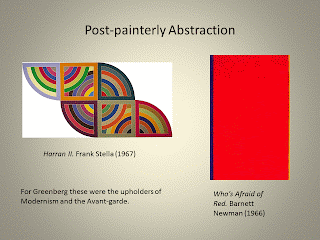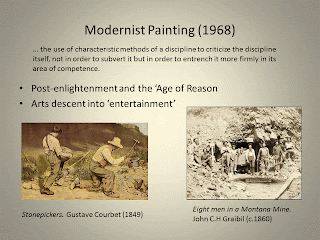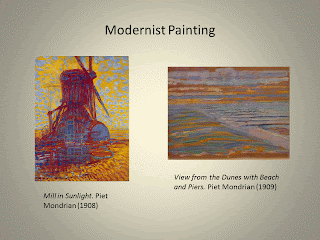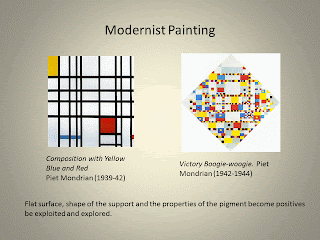Neuroesthetics is a recently recognised discipline (2002) So there's a lot of exciting material in the field. Here's a link to the topic
Here is the thought experiment I mentioned about 'colour scientist Mary' In Frank Jackson's (1982) words:
Mary is a brilliant scientist who is, for whatever reason, forced to investigate the world from a black and white room via a black and white television monitor. She specializes in the neurophysiology of vision and acquires, let us suppose, all the physical information there is to obtain about what goes on when we see ripe tomatoes, or the sky, and use terms like ‘red’, ‘blue’, and so on. She discovers, for example, just which wavelength combinations from the sky stimulate the retina, and exactly how this produces via the central nervous system the contraction of the vocal chords and expulsion of air from the lungs that results in the uttering of the sentence ‘The sky is blue’.… What will happen when Mary is released from her black and white room or is given a color television monitor? Will she learn anything or not? It seems just obvious that she will learn something about the world and our visual experience of it. But then is it inescapable that her previous knowledge was incomplete. But she had all the physical information. Ergo there is more to have than that, and Physicalism is false.
As such, a proponent of this thought experiment would argue that neuroesthetics cannot explain art and that the human perception of art cannot be reduced to physical effects.
Next week we'll be dealing with Ramachandran's so called 'Universal Laws'

















































